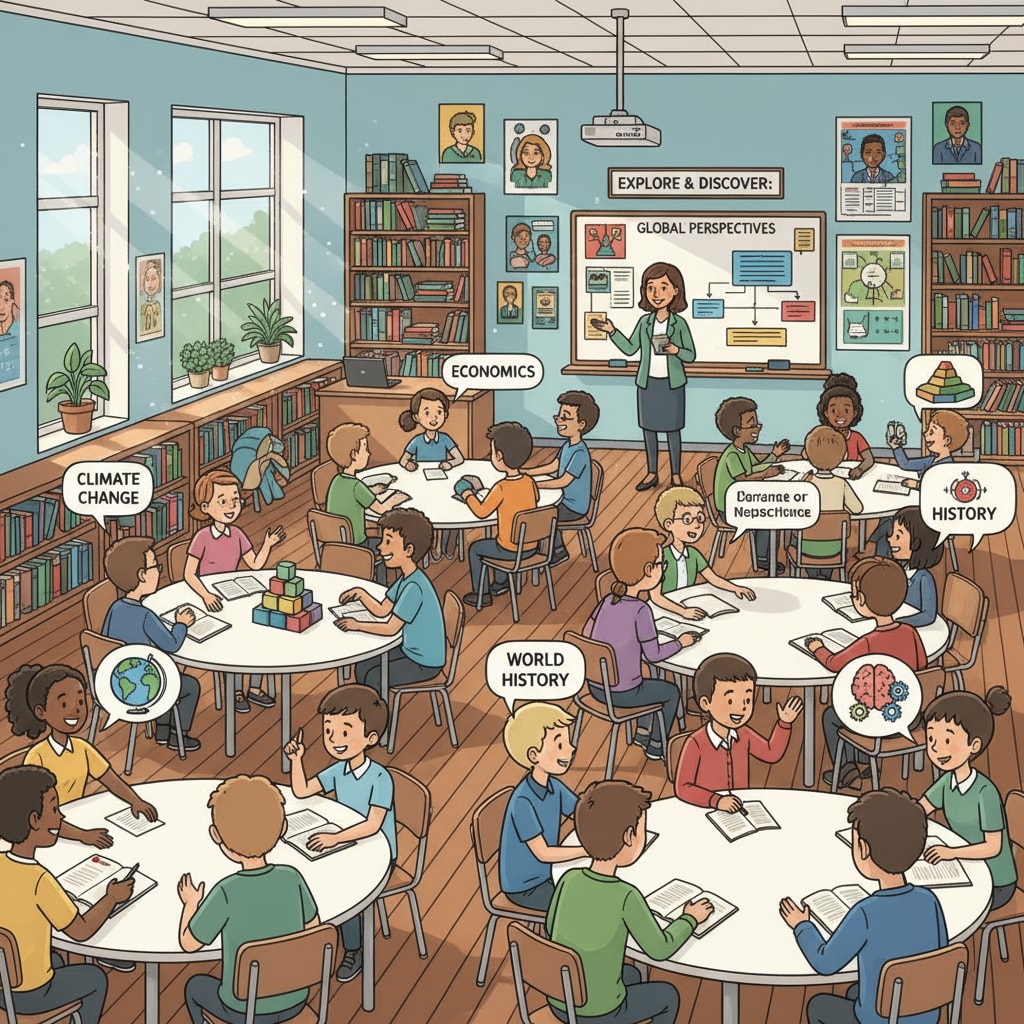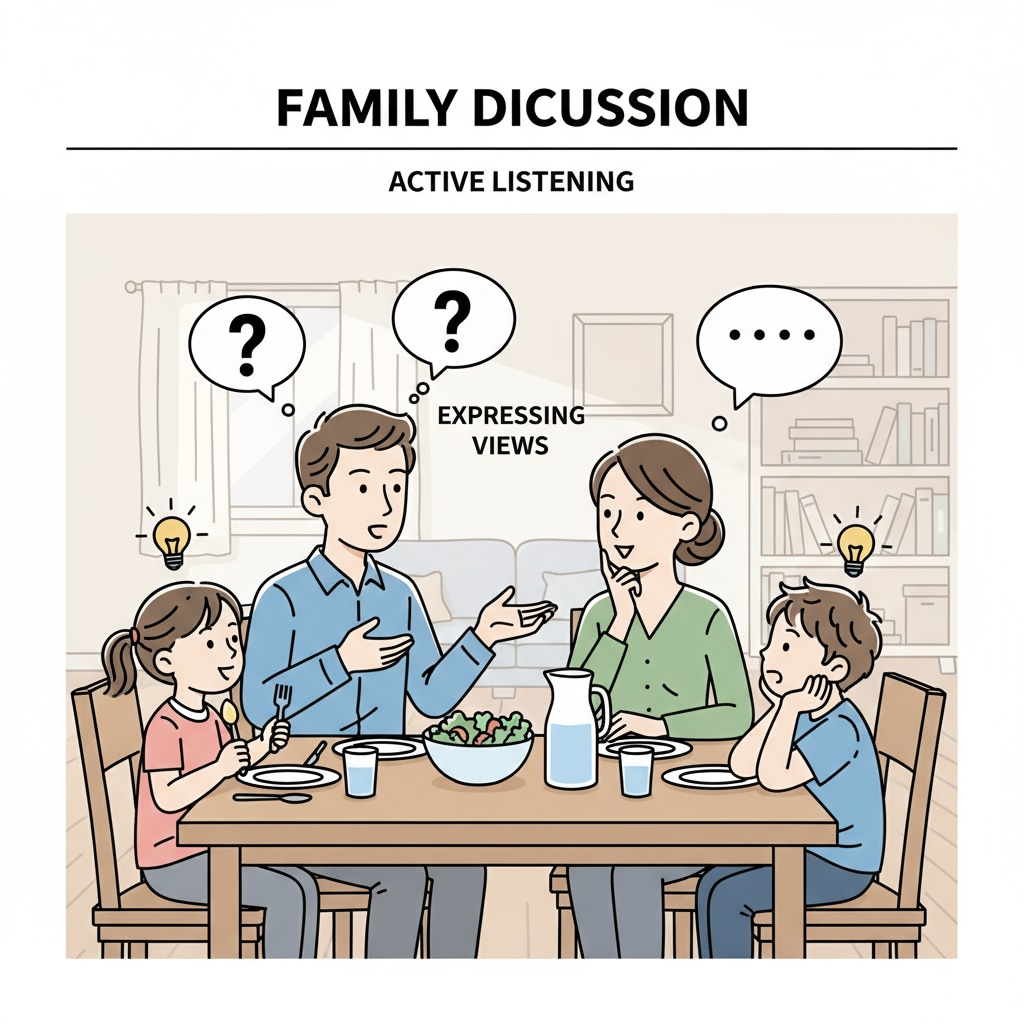Family education, bias transmission, and school education play crucial and distinct roles in a person’s growth. From a young age, we are deeply influenced by the values and beliefs instilled in us at home. However, these can sometimes lead to ideological limitations. In contrast, traditional school education offers a more open and diverse environment.

The Constraints of Family Education
Family education often reflects the values and worldviews of parents. These can be deeply ingrained and passed down to children. For example, parents with certain cultural or social biases may unconsciously transmit these to their kids. This bias transmission can limit a child’s perspective. According to Psychology Today, children are highly impressionable, and the ideas they absorb at home can shape their initial understanding of the world. As a result, they may grow up with a narrow view, not exposed to a wide range of ideas.

The Openness of School Education
School education, on the other hand, is a melting pot of different ideas and cultures. In a school setting, students interact with peers from various backgrounds. They are exposed to different teaching methods and a vast amount of knowledge. Education Week reports that schools offer a platform where students can challenge their existing beliefs and develop new ways of thinking. Teachers encourage students to think independently and consider multiple perspectives, which helps in cultivating an open mind.
School education provides opportunities for students to break free from the ideological limitations imposed by family education. Through interactions with diverse classmates and exposure to a broad curriculum, students can expand their horizons and develop a more inclusive worldview. By comparing family education’s potential for bias transmission with the openness of school education, we can clearly see the latter’s advantages in nurturing well-rounded individuals. Readability guidance: Here, we’ve used short paragraphs to make the content easier to digest. The two H2 sections clearly present the contrast between family and school education, with relevant external links for further exploration. Transition words like ‘however’, ‘on the other hand’, and ‘for example’ have been used to enhance the flow.


